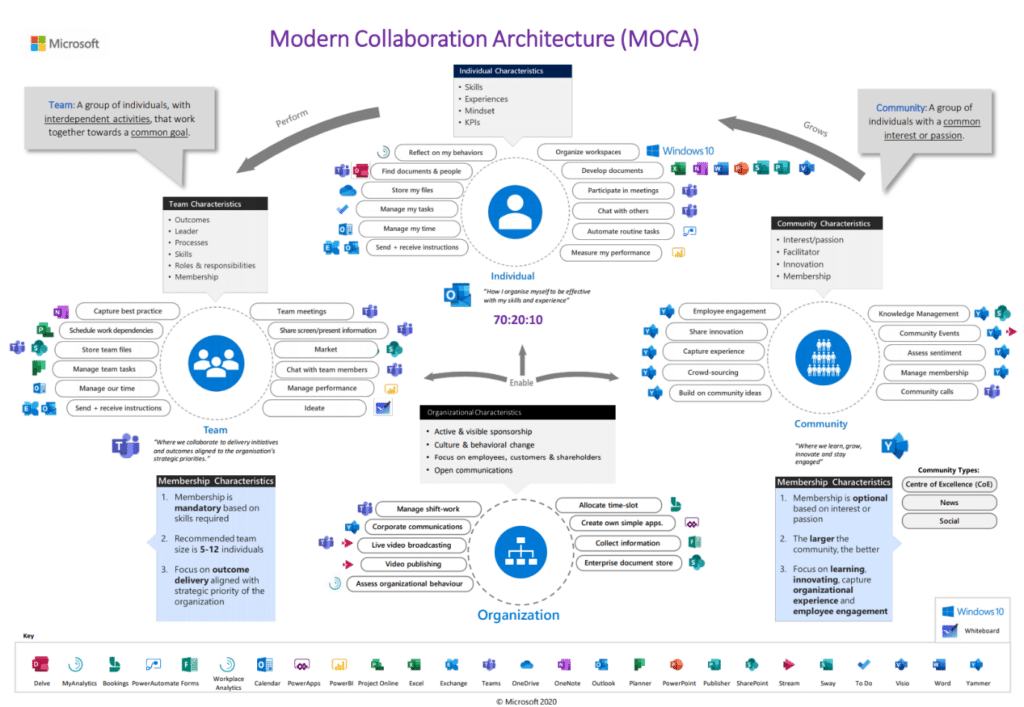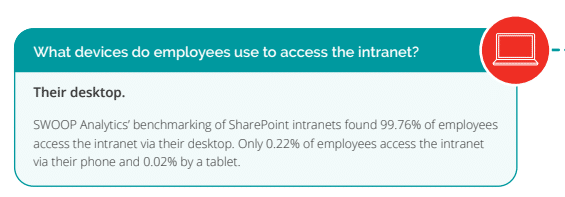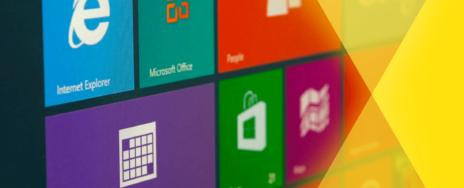Almost 20 years ago, Microsoft launched Zune to compete with Apple’s iPod.
It was a cool product with plenty of bells and whistles. Yet it is still considered one of the greatest flops in tech history because of one simple reason: it did not serve the needs of its users.
Download our eBook, “Why Microsoft Doesn’t Work for Your Frontline” to Learn More
Microsoft’s recent push to sell to frontline businesses is an example of history repeating itself. 365 and Teams are great solutions for office-based employees. But what about your frontline workers—the ones who aren’t sitting at a desk with a computer at their fingertips?
Learn why rolling out Microsoft for your frontline alone won’t work and wastes money.
Hidden Costs of Extending Microsoft to Deskless Workers
IT and HR teams are under pressure to maintain a single-stack approach to digital transformation. It’s easy to think Microsoft for the frontline fits into this strategy, but it doesn’t.
Once you peel the layers back, you’ll discover hidden costs that outweigh the benefits of consolidating your employee experience tech stack.
There are so many apps
The Modern Collaboration Architecture, also known as the MOCA, is a framework coined by Microsoft that outlines how each app fits into the ecosystem.
As you can see, it’s massive. The average frontline worker doesn’t need all this to do their jobs. They want to be able to access pay stubs, message coworkers, see their shift schedule, manage their tasks, and view safety policies on their phones without having to navigate different apps.

The Modern Collaboration Framework (MOCA) by Microsoft
Microsoft has force-fit this framework into the lives of frontline workers, touting Microsoft Teams as an entry point to “frontline apps” housed in their Viva Suite. The Viva Suite contains 8+ separate apps that require training and configuration, all of which were repackaged after various acquisitions.
We’re not making this up. Recent Microsoft customers told us about their not-so-wonderful experience.
One CIO said:
“Microsoft Teams is not a great experience for manufacturing employees. They do not want it on their phone and they do not know how to use it. Then, you have Viva integrated and (it) becomes even more difficult. The reality is they need an app that looks and feels like Facebook or Instagram, not like a Microsoft product.”
Expecting frontline workers to adopt a complex desktop suite is a risky proposition. They don’t spend their days in front of a computer screen; they’re at a plant, on the shop floor, in the field, or on the frontlines of customer service.
Frontline adoption rates are as low as 10%-15%
Microsoft is a desktop app for desktop employees. They do not have a streamlined, frontline-focused mobile experience, and that’s why adoption rates are so low.
As this Employee Experience Manager put it:
“The high level of information complexity with many Team rooms, as well as updates, become problematic when people are on Teams less frequently, unlike office workers that use it daily.”
If it’s too complicated, your frontline workers won’t use it. A recent report found that 99% of employees access Sharepoint via desktop. Only 0.22% access the intranet on their phone and .02% by tablet.

Beekeeper’s Sharepoint integration solves this problem by allowing workers to access updated Sharepoint files on their phone, without requiring any administrative work. Learn more about it here.
It’s easy to fall into the trap of “if Microsoft gives it to us for free, let’s just try it”.
There’s a reason why it’s free. Microsoft hasn’t cracked the code on how to get frontline workers to adopt their platform, so they want you to be their guinea pig while they figure it out.
In the 2022/23 Yammer & Viva Engage Benchmarking Report, SWOOP Analytics found that only 10% of users are active on the platform. If only 1 in every 10 workers is communicating with Microsoft, where else are they going?
53% of workers end up using WhatsApp or Facebook Messenger instead. Not only does this push them to less secure communication channels (hello shadow IT 👋🔓), it reduces productivity and efficiency. Employees no longer know where to find each other, so they revert back to manual, pen-and-paper processes.
Even worse, leadership has no visibility into task completion, employee engagement, and overall sentiment. You can’t optimize the frontline experience without a complete picture of what’s happening.
Missing functionality and administrative bottlenecks
Microsoft is notorious for selling licensing models instead of solutions.
Examined closely, Microsoft’s frontline suite has some glaring gaps that hinder admins and users from working effectively.
Another enterprise CIO told us that:
“Even with a core part of Viva within E3 and E5, there are major pieces of the suite that are missing that they promoted to us, like Viva Goals, Topics and the Answers module…and even the crisis communications alerts…When you add those on, it is another $15-$17 an employee a month, which is outside of our budget with already paying $57 a month for E5.”
To summarize, the a-la-carte pricing model is tricky to navigate. If you’re set on adopting Microsoft, we recommend you at least read the fine print.
Download this guide so you can build your evaluation criteria and make an informed decision
The licensing structure is troublesome, but the real headaches come during implementation. Rolling out Microsoft to your frontline requires deep expertise in their product suite, which can only be found in Microsoft developers and reseller partners.
Let’s say you want to automate your onboarding process with a workflow. Instead of being able to customize and deploy yourself, you’ll be stuck relying on a partner. This can make implementation timelines 4-5x slower, severely increasing internal labor costs and impacting your bottom line.
Limited frontline experience or expertise
As of September 2023, Microsoft does not have dedicated customer support. They outsource to value-added resellers who profit based on the number of licenses sold.
These resellers are experts on Microsoft, but not on frontline businesses or industries. There are a lot of nitty-gritty details involved, like talking to workers on-site or hosting competitions to encourage adoption. This requires a white-glove approach from frontline success experts who have been there and done that.
That’s why our customers see a market-leading onboarding and activation rate of 80%-85%. We’ve been learning from our user base of 500K monthly active users for over 10 years. 1,200+ frontline businesses trust Beekeeper to run their daily operations.
Want to try out Beekeeper yourself? Sign up for a free trial
The Best Employee Experience Includes Beekeeper
Creating the best employee experience involves catering to the needs of all your workers, not just those in office settings. Beekeeper enhances Microsoft’s employee experience suite by providing a dedicated system for your frontline employees to ensure they’re engaged, informed, and connected.
The digital transformation journey isn’t complete without addressing the needs of your frontline workers. By integrating Beekeeper into your Microsoft ecosystem, you can protect your investment and provide your entire workforce with the tools they need to grow your business.







